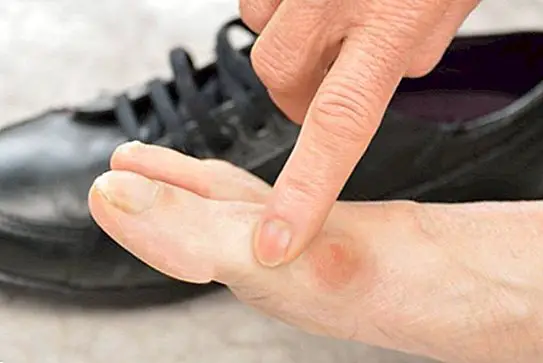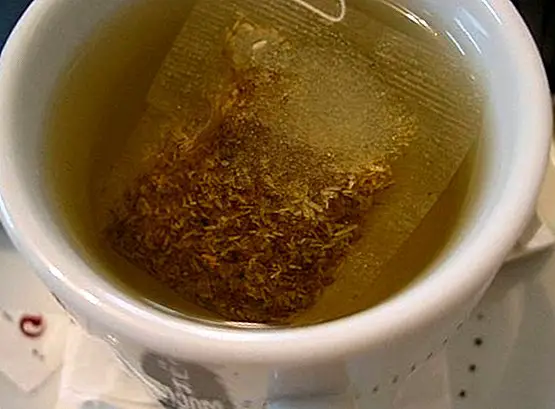Mushrooms or tripe? Discover its main symptoms and differences
Both fungi and calluses are conditions that occur in the feet and can be painful and very uncomfortable. And there are many people who, in fact, can confuse them because their symptoms - sometimes - tend to be similar.
Therefore, know and discover what are the symptoms that produce fungi, and then calluses, is very useful to know how to differentiate them.
Foot fungus
On the one hand, foot fungus They are usually infections that develop due to the growth of microorganisms in the skin. We find them in the fingers, nails and soles of the feet. Its main symptoms are cracks, hardness, itching, burning, bad smell, swelling, etc.

When we talk about mushrooms, they tend to occur in hot weather, because the foot sweats, but they can also appear throughout the year. Among the most frequent fungi we find the athlete's foot and the Onychomycosis, better known as nail fungus.
A large part of fungi, which are contagious, are usually caught because they live in public places with high humidity or heat (gyms, public pools, public showers, etc.).
Normally, the nails that are affected by fungi change color, going from yellow to brown as the days go by. In addition, the nails have a pitted and worn look due to the fungi that live under the nails.
Athlete's foot
Now, when talking about athlete's foot, mushrooms tend to occur because of footwear and sweating.
In this case, we refer to the fungi that are located on the fingers or on the soles of the feet.
Normally they tend to itch and itch, the area remains red and inflamed. The skin becomes dry and bleeding occurs, and blisters may occur.

Main treatments
Any of the above symptoms are important for one to visit the doctor so that he can recommend the appropriate treatment. It is usually a great annoyance, and the sooner they are treated, the fungi could spread to other parts of the body.
Normally the treatment is established with powders and creams, pills or syrups can also be given. The doctor will determine which treatment is best. The treatment of nail fungus usually lasts two or three months. Although medications can remove the fungus, it is not unusual for them to reappear.
Calluses on feet
The calluses are hardnesses that arise in the feet, being quite common. They do not present seriousness, but if they are not treated in time, then they can produce consequences. They usually come out for different reasons, such as the friction or continuous pressure of the shoe and sweat.
The callus is usually yellowish in color and forms a thick layer of skin that hardens. They are round or conical and are located in the upper area of the fingers. They can cause discomfort, and be somewhat uncomfortable at the time of walking. It is always best to go to the doctor or podiatrist because if they are not treated they can get wounds or fissures.
Causes of the appearance of calluses on the feet
It has different causes. As we have pointed out, one of them can be caused by contact or chafing with shoes. While another cause is by sweat and also by bad postures and deformation of the bones of the feet.

Prevention of calluses and fungi
To prevent or prevent calluses from forming, it is best to wear the right footwear. Many times we do not do it and we do not know the consequences it can have for the feet. We can do massages on the feet and soak them to avoid sweat and use antiperspirants, as well as suitable socks.
While the prevention of fungi happens to always maintain proper hygiene in the feet to prevent them from leaving although this does not prevent one from being able to get it in public places.
Another way to not have hogos is to wear flip-flops in public showers and change the socks that are used frequently. It is also important to use shoes that are made with natural materials, especially in hot weather.
Both conditions occur in the feet, and can have consequences if they are not treated in time. Although fungi are usually more serious problems than calluses, they must also be treated and avoided with good prevention.



